Preceded by Josiah Tattnall Preceded by district created Succeeded by George Jones Name Abraham Baldwin | Preceded by district created Education Yale University Succeeded by James Jones Siblings Henry Baldwin | |
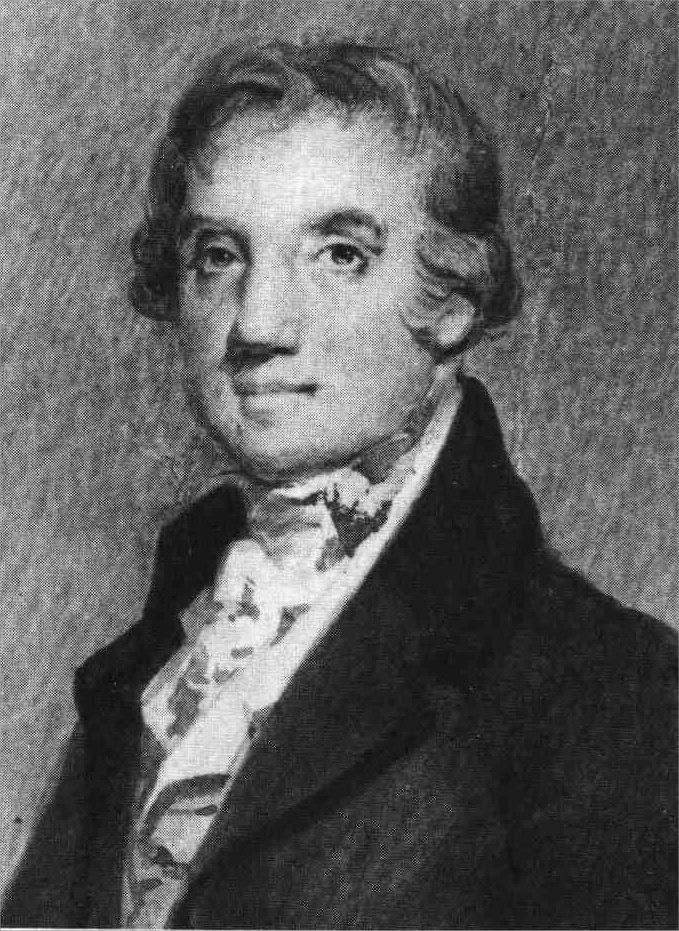 | ||
Role Former United States Representative Died March 4, 1807, Washington, D.C., United States Party Democratic-Republican Party Similar People William Few, Henry Baldwin, Roger Sherman, George Washington, Sanford Bishop | ||
Get to Know Abraham Baldwin
Georgia Groundbreakers: Abraham Baldwin
Abraham Baldwin (November 22, 1754 – March 4, 1807) was an American minister, Patriot, politician, and Founding Father. Born and raised in Connecticut, he was a graduate of Yale University Divinity School, after the Revolutionary War Baldwin became a lawyer. He moved to the U.S. state of Georgia in the mid-1780s to work under the governor and develop its educational system. Baldwin is noted as the developer and founding president of the University of Georgia (1785-1801), the first state-chartered public institution of higher education in the United States.
Contents
- Get to Know Abraham Baldwin
- Georgia Groundbreakers Abraham Baldwin
- Early life education and career
- Move to Georgia
- Politics
- Death and legacy
- Honors
- References
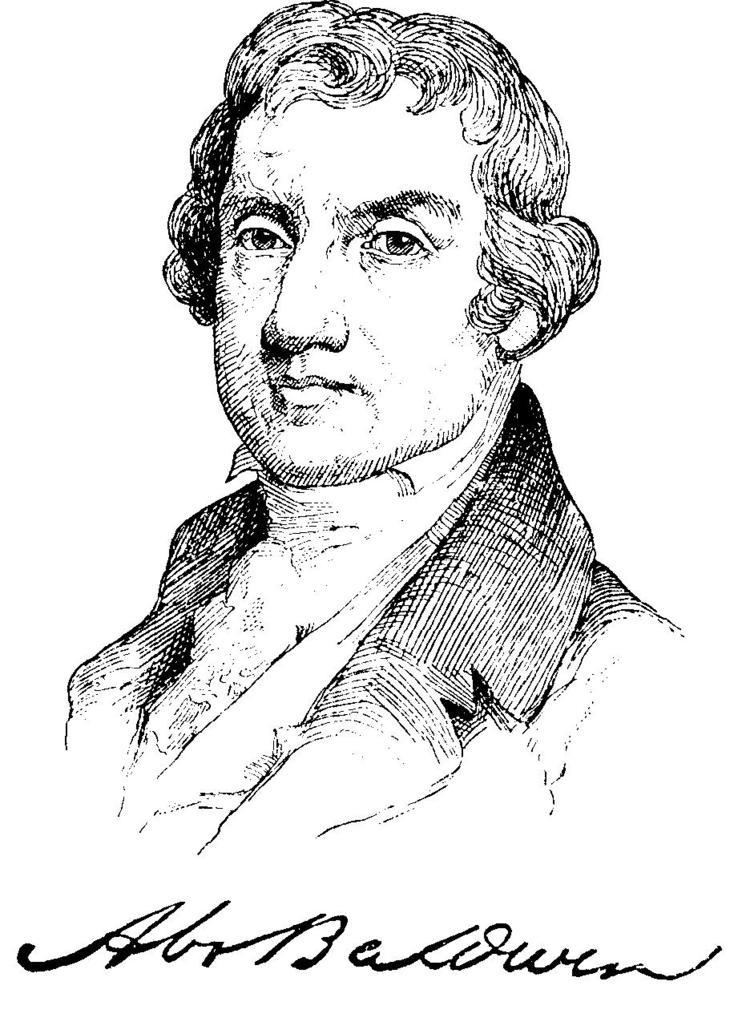
After serving in the state Assembly, Baldwin was elected as a Georgia representative in the Continental Congress and one of two signatories from Georgia of the United States Constitution. He served in the United States House of Representatives for five terms and in the Senate from 1799 until his death in office in Washington, DC.
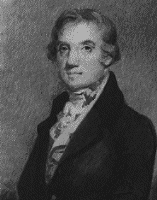
Early life, education and career
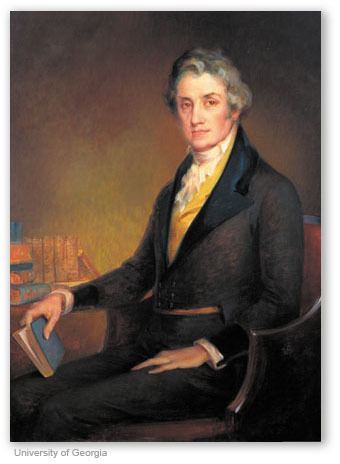
Abraham Baldwin was born in 1754 in Guilford, Connecticut into a large family. His father was a blacksmith. His half-brother, Henry Baldwin, was an Associate Justice of the Supreme Court of the United States. After attending a local village school, Abraham Baldwin attended Yale University in nearby New Haven, Connecticut, where he was a member of the Linonian Society. He graduated in 1772.
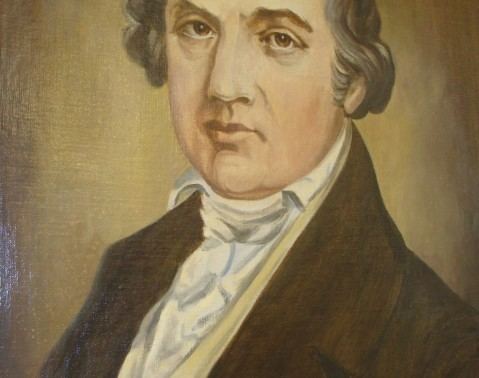
Three years later after theological study, he became a minister. He also served as a tutor at the college. He held that position until 1779. During the American Revolutionary War, he served as a chaplain in the Connecticut Contingent of the Continental Army. He did not see combat while with the Continental troops.
Two years later at the conclusion of the war, Baldwin declined an offer from Yale for a divinity professorship. Instead of resuming his ministerial or educational vocation after the war, he turned to the study of law. In 1783 he was admitted to the bar.
Move to Georgia
Baldwin was recruited by Governor Lyman Hall of Connecticut to work for the Georgia governor in developing a state education plan. He moved to Georgia, where he became active in politics to build support for a college. He was appointed as a delegate to the Confederation Congress and the Constitutional Convention, and was one of the state’s two signatories to the U.S. Constitution.
Abraham Baldwin was appointed in 1785 to serve as the first president of the University of Georgia during its initial planning phase to 1801. During this period, he also worked with the legislature on the college charter.
In 1801, Franklin College, UGA's initial college, opened to students. Josiah Meigs was hired to succeed Baldwin as president and oversee the inaugural class of students. The first buildings of the college were architecturally modeled on Baldwin's alma mater of Yale. (Later the university sports team adopted as its mascot, the bulldog, also in tribute to Baldwin, as it is the mascot of Yale.)
Politics
Baldwin was elected to the Georgia Assembly, where he became very active, working to develop support for the college. He was able to mediate between the rougher frontiersmen, perhaps because of his childhood as the son of a blacksmith, and the aristocratic planter elite who dominated the coastal Lowcountry. He became one of the most prominent legislators, pushing significant measures such as the education bill through the sometimes split Georgia Assembly.
He was elected as representative to the U.S. Congress in 1788. The Georgia legislature elected him as U.S. Senator in 1799 (this was the practice until popular election in 1913.) He served as President pro tempore of the United States Senate from December 1801 to December 1802. He was re-elected and served in office until his death.
Death and legacy
On March 4, 1807, at age 52, Baldwin died while serving as a U.S. senator from Georgia. Later that month the Savannah Republican and Savannah Evening Ledger reprinted an obituary that had first been published in a Washington, D.C., newspaper: "He originated the plan of The University of Georgia, drew up the charter, and with infinite labor and patience, in vanquishing all sorts of prejudices and removing every obstruction, he persuaded the assembly to adopt it."
His remains are interred at Rock Creek Cemetery in Washington, DC.
